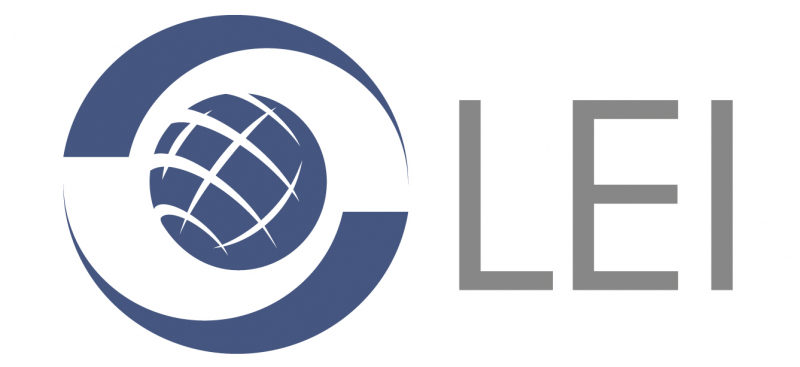With the introduction of the global LEI system, businesses have reduced their vulnerabilities to a greater extent. The LEI system has offered various benefits to public and private sectors efficiently.

Due to larger adoption mostly by the financial sector, the reporting of data from LEI has been used internally to counter any risks in the business. The regulators have also become more equipped to scrutinize and analyze the risks concerning financial stability. Businesses have been able to improve operational and management risks with the help of LEI. Additionally, there has been a substantial reduction in the costs owing to the collection and aggregation of data apart from sending it to regulators for approval.
Every nation across the world have their own approach in the adoption of the LEI system. There are close to 75 separate authorities across the world that have mandated the requirements of the LEI system. While 42 authorities have requested the LEI system.
How does it work?
The LEI number or code consists of a 20 digit alphanumerical code that is linked to a set of 6 reference data points to exclusively classify a lawfully separate unit that participates in the activities of the financial sector. The LEI code is fully compliant with the characteristics of the 2012 ISO for Standardization.
To implement and operate the global LEI system successfully, the regulator community needs to support it on a global scale in addition to the private companies and industrial unions. A dedicated committee consisting of different regulators monitors the LEI system and provides a regular update on its official website. A local operating unit with all the approvals assigns the LEI code to the concerned business with assistance from local frameworks, infrastructural knowledge, and business practices.
A business is supposed to pay the LEI number prices to obtain an LEI number from the local operating unit. These prices help the LOU to cover the operational expenditure. The LOU is also compiled to share a part of the price with the GLEIF.
How does the LEI system benefit industry?
With the rising adoption of the LEI system on a global level, there has been a reduction in expenditures and businesses are now more empowered to tackle risk management in a better way. The costs save further improve the operational efficiency and minimize the failure of the transaction. Additionally, the costs have also substantially reduced for reconciliation and aggregation of data. The LEI system on a global scale will offer prolonged benefits to businesses by making it easy to identify their customers and counterparts while making risk management more efficient.
Final Thoughts
Owing to increased complexity in international trade, the need for a transparent and swift identifying system for business has increased. The LEI system has made identification convenient while improvising the sharing of data and reducing costs. Additionally, strict compliance is required for every business that operates internationally, LEI system has been proved to be a winner in providing growth to the business while solving the KYC necessities for businesses that have international operations.




